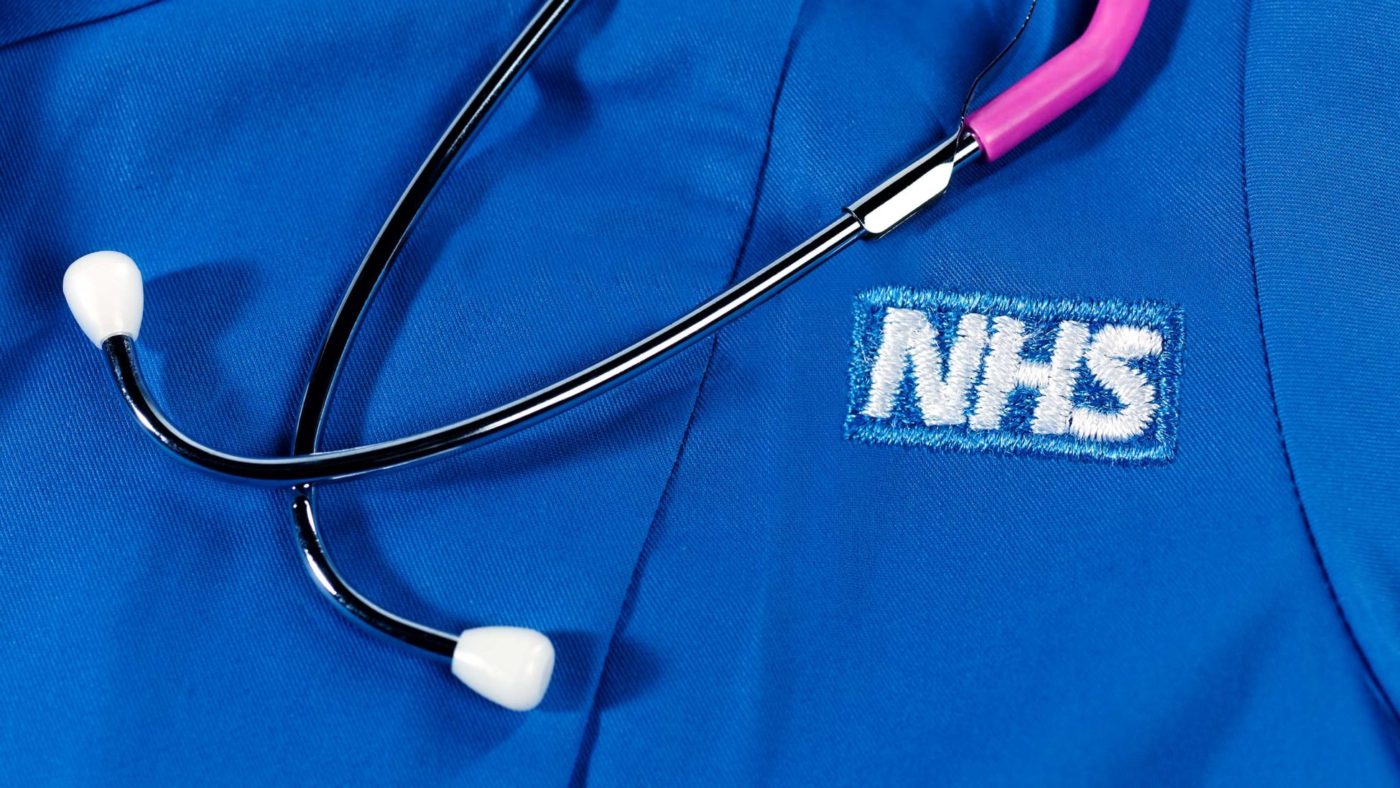Those nasty Tories are at it again, taking money from our Covid heroes by offering a measly 1% pay rise to NHS staff. The nursing unions want 12.5% for their members and are threatening to strike. Labour smell blood on the issue that animates the party faithful like no other.
On the face of it, this sounds like a straightforward government vs workers story – one in which the politicians are on an absolute hiding to nothing (the latest polling suggests over 70% of the public support a bigger pay rise for nurses). No surprises there: if one thing unites voters of all stripes, it’s admiration for healthcare workers, even more so given the intolerable strain of the last year.
It is not denigrating their efforts or bravery, however, to try to analyse things in a bit more detail.
For starters, the headline figures are just wrong. NHS staff pay will not be going up by just 1% because the national figure is on top of staff’s progress within their pay band. That’s why, as our editor-in-chief notes, even when pay rises were capped at 1% between 2012 and 2017, average salaries actually rose by 2.7%. More to the point, the three-year pay deal struck in 2018 gave over 1 million staff a pay rise of at least 6.5%, and some as much as 29%. A nurse with a year’s experience would have seen their pay go up 21% over three years.
In the context of the pandemic, framing this debate in terms of who “deserves” what wage seems especially misleading. After all, did the millions of private sector workers who have lost their jobs, seen their pay cut or had their business fold “deserve” it? A better question might be: should almost everyone working for our biggest public employer get a pay rise when the economy has shrunk by 10% and the public finances are in a state of near ruin? Put that context in a polling question instead of a simple “do you think nurses should have more money?” and the result might be quite different.
The thing is though, the way NHS staff are paid is unfair, just not in the way this two-dimensional row would have you believe.
It’s well worth reading this report from neurologist Dr Paul Goldsmith setting out just how complex, inflexible and inequitable the NHS pay structure is (though things have improved somewhat since he wrote it in 2018). I’m not usually keen on describing things in modern Britain as ‘Soviet’, but the command-and-control approach to NHS salaries really does deserve the epithet. It’s not just that those at the top can earn very handsomely indeed, while others just about get by, but that managers have relatively few ways of rewarding good performance or incentivising staff.
So, what next?
Given the alacrity with which ministers have doled out taxpayers’ cash over the last year, it wouldn’t be a huge surprise to see a minor U-turn. Of course, Labour and the unions will howl with outrage whatever is proposed, plus ça change. But the fact Labour have alighted on NHS pay is a sign not of strength, but of a party retreating to its comfort zone, unable to muster a coherent attack on a high-spending, high-taxing budget.
At the same time, the fact a government spending over £400bn on pandemic support is being accused of tight-fistedness may presage further problems down the line. Saying you are the “party of public services” while also trying to rein in the public finances is one thing, executing that two-horse strategy over the coming years may be quite another.
Click here to subscribe to our daily briefing – the best pieces from CapX and across the web.
CapX depends on the generosity of its readers. If you value what we do, please consider making a donation.


